I often meet venue owners who want a new fish game fast, but delays frustrate them, and I know how stressful it is to balance costs and deadlines.
The development process for a custom fish game board typically takes 7 business days for basic modifications such as changes to scenes, characters, and music. More complex adjustments to game algorithms and gameplay mechanics can take up to 14 business days.
When I work with clients, they always ask me how long it really takes, and I explain that timeframes depend on design, prototyping, testing, and supply chain issues <sup>1</sup>. Let’s go deeper.
What is the typical development process for custom fish game boards?
I know that most clients feel lost when they first hear about the process, because they want clear steps, not vague promises.
The development process for a custom fish game board includes concept design, detailed game mechanics planning, prototyping, artwork, coding, hardware integration, testing, and manufacturing. Each stage usually takes several days to weeks, depending on the complexity.
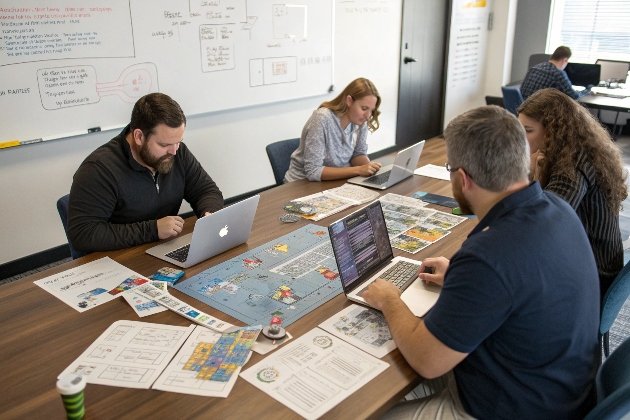 "Game Brainstorm Meeting")
"Game Brainstorm Meeting")
Breaking down the process
The entire process looks like this:
| Stage | Timeframe | Key Focus |
|---|---|---|
| Concept & Design | 1–3 days | Game rules, mechanics, features, visuals |
| Prototyping | 1–3 days | Initial builds, internal playtests |
| Coding & Testing | 5–7 days | Algorithms, bug fixes, profit balance |
| Hardware & Assembly | 3–5 days | Screens, buttons, cabinets, integration |
Why each stage matters
Game design documentation <sup>2</sup> is not just about graphics. It sets the rules and player experience. Prototyping exposes flaws early. Coding and testing control the profit points, which is the lifeline of the business. Hardware ties everything together, and delays here often push the launch date.
At Skill Game X <sup>3</sup>, we often customize features like scene backgrounds, character designs, and even music. Simple changes take 7 business days, while more complex algorithm or gameplay-level changes can take 14 business days or more. Our most famous game, Fire Kirin <sup>4</sup>, which has become very popular in the U.S., was developed based on this same model.
How do I ensure the custom fish game board meets my specific requirements?
Clients often worry about ending up with a game that does not meet their expectations, and I have seen this happen when communication is poor.
To ensure a fish game board meets requirements, clients should provide detailed specifications upfront, stay involved in milestone reviews, request prototypes, and confirm features before mass production. This avoids costly revisions later.
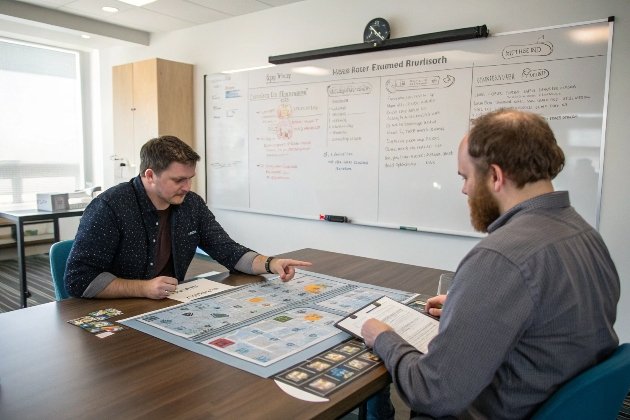 "Project Team Huddle")
"Project Team Huddle")
Building clear communication
| Step | Client Role | Developer Role |
|---|---|---|
| Requirement gathering | Provide detailed requests | Translate into technical roadmap |
| Prototype approval | Review features and feedback | Implement changes quickly |
| Testing & QA | Check profit balance and player feel | Fix bugs, adjust difficulty |
| Final confirmation | Approve full version | Lock build for production |
Importance of milestone reviews
When clients skip prototype reviews, they risk surprises later. A single overlooked detail, like how characters behave or how music loops, can require reprogramming and delay everything. I advise my clients to give feedback at every step.
At Skill Game X, our system allows customers to adjust profit points, background settings, and even characters. I make sure my clients see and approve every change. This level of control is why our partners stay with us long-term.
Can the development process be expedited?
Every client wants speed, and I understand the urgency because new venues or seasonal launches cannot wait a whole year.
Yes, the process can be expedited by using pre-built templates, standard hardware, and in-house R&D teams. Timelines can shorten to 3–6 months, or even 7–14 days for smaller modifications.
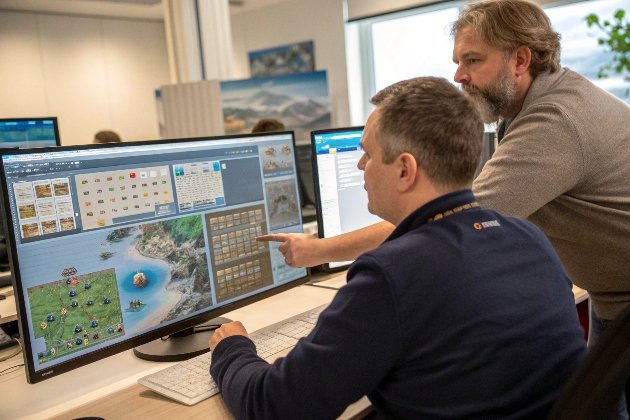 "Team Strategy Session")
"Team Strategy Session")
How to save time
- Use existing templates: Change only visuals and music.
- Standard hardware: Avoid custom screens or cabinets.
- In-house teams: Faster than outsourcing.
- Clear requirements: Fewer revisions later.
Real examples from Skill Game X
When a client only needs a new theme with updated backgrounds, characters, and music, we deliver in about 7 business days. For deeper changes like profit algorithms and gameplay mechanics, it usually takes 14 business days.
Trade-offs to consider
Rapid prototyping in game development <sup>5</sup> saves time but can reduce uniqueness. A game rushed into market might not stand out, while a carefully developed one can dominate for years. I always remind clients that the fastest option is not always the most profitable in the long run.
What are the potential delays in developing a custom fish game board?
Delays are painful, and I have seen projects that should have launched in months drag on for over a year.
Common delays include late design approvals, excessive customization requests, reprogramming during testing, and hardware supply chain issues. External factors like shipping or global shortages also slow development.
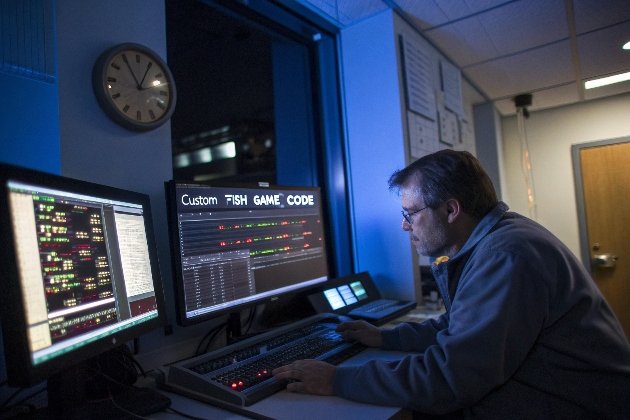 "Night Coding Session")
"Night Coding Session")
Typical causes of delay
| Delay Factor | Impact on Timeline | Example |
|---|---|---|
| Design changes | +1–3 business days | Adding new characters late in process |
| Algorithm rework | +3–5 business days | Adjusting profit waves after testing |
| Hardware supply issues | +1–3 business days | Waiting on custom screens or buttons |
| Shipping & logistics | +2–6 business days | Overseas freight delays |
Why delays matter
A venue owner planning a summer launch could miss peak season if development drags. Custom features like multiplayer capabilities <sup>6</sup> or advanced cabinets often extend timelines. Supply chain problems, especially for screens <sup>7</sup> and chips <sup>8</sup>, add risk.
At Skill Game X, we have in-house R&D and reliable suppliers. This helps us cut delays, but even we are not immune to electronics supply chain risks <sup>9</sup>. That is why I advise every client to build buffer time into their launch plan.
Conclusion
Custom fish game board development takes time, but clear planning and good communication keep projects on track.
Footnotes
<span id="footnote-1">1. Phases of video game development explained. ↩︎</span>
<span id="footnote-2">2. The history and development of Fire Kirin. ↩︎</span>
<span id="footnote-3">3. Explanation of multiplayer feature integration. ↩︎</span>
<span id="footnote-4">4. Importance of screen hardware in game development. ↩︎</span>
<span id="footnote-5">5. How rapid prototyping can impact uniqueness. ↩︎</span>
<span id="footnote-6">6. Timing considerations for multiplayer board games. ↩︎</span>
<span id="footnote-7">7. How screens affect the timeline of game production. ↩︎</span>
<span id="footnote-8">8. Challenges faced with chip shortages in game production. ↩︎</span>
<span id="footnote-9">9. Insights into electronics supply chain risks and game delays. ↩︎</span>
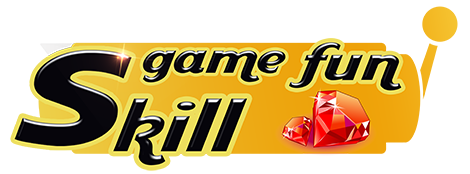
Leave a comment
Your email address will not be published. Required fields are marked *